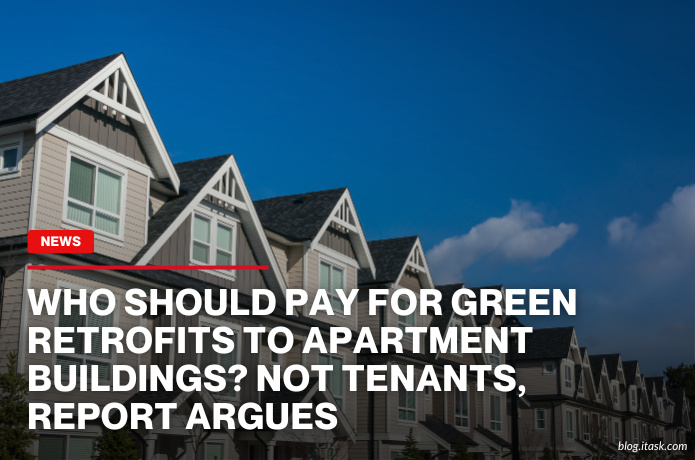Who should pay for green retrofits to apartment buildings? Not tenants, report argues
Who should pay for green retrofits to apartment buildings? Not tenants, report argues

A new report from Ontario ACORN argues that tenants should not be made to pay for green retrofits in apartment buildings. The study highlights a loophole in Ontario’s rent-control system that allows landlords to pass retrofit costs onto renters through Above Guideline Rent Increases (AGIs) after making energy or water efficiency upgrades. These retrofits—such as new boilers, improved insulation, lighting systems, and window replacements—can raise rents for years, burdening those least able to afford higher housing costs.
The report, titled “Who Pays for Green Retrofits?”, examined 16 rental buildings and found that landlords are routinely using AGIs to fund climate-driven upgrades. Although grants and federal or provincial funding exist to sponsor energy improvements, many landlords avoid them, preferring AGIs as a quicker and more profitable path. ACORN argues that forcing tenants to cover these long-term capital projects is both unethical and harmful to housing affordability.
Ontario ACORN’s findings build on research showing that 67 percent of low- and moderate-income tenants pay out of pocket for utilities in poorly insulated buildings. Only about 19 percent reported seeing any energy upgrades, and of those, roughly a third faced rent hikes tied to retrofits. Tenants endure rising bills and hotter summers while landlords reap the benefits of upgrades without investing their own funds or leveraging public programs.
The report calls for sweeping changes. ACORN demands that all green retrofit costs be excluded from eligibility for AGIs, that landlords must prove they have exhausted public funding options before applying for rent increases, and that AGI use be banned altogether for retrofit expenses. They also urge federal and provincial governments to scale up retrofit funding tied to tenant protections like anti-eviction rules, affordability covenants, and mandatory tenant involvement in retrofit planning.
Broader policy experts recommend more transparency in energy use in rental units. One proposal privileges tenant access to “energy report cards” that disclose a unit’s carbon footprint and expected utility costs. These labels would help renters compare options, encourage landlords to invest in efficiency, and help address “split incentive” problems where landlords pay for infrastructure but tenants reap savings—or vice versa.
ACORN’s central point is clear: climate action should improve living conditions without pricing out vulnerable renters. Their report argues that public investments and landlord responsibility—not rent hikes—should pay for green upgrades. As Canada's climate goals tighten and pressure builds to retrofit aging buildings, policymakers must ensure retrofit programs support tenants, not displace them. This is climate justice—and housing justice—hand in hand.
